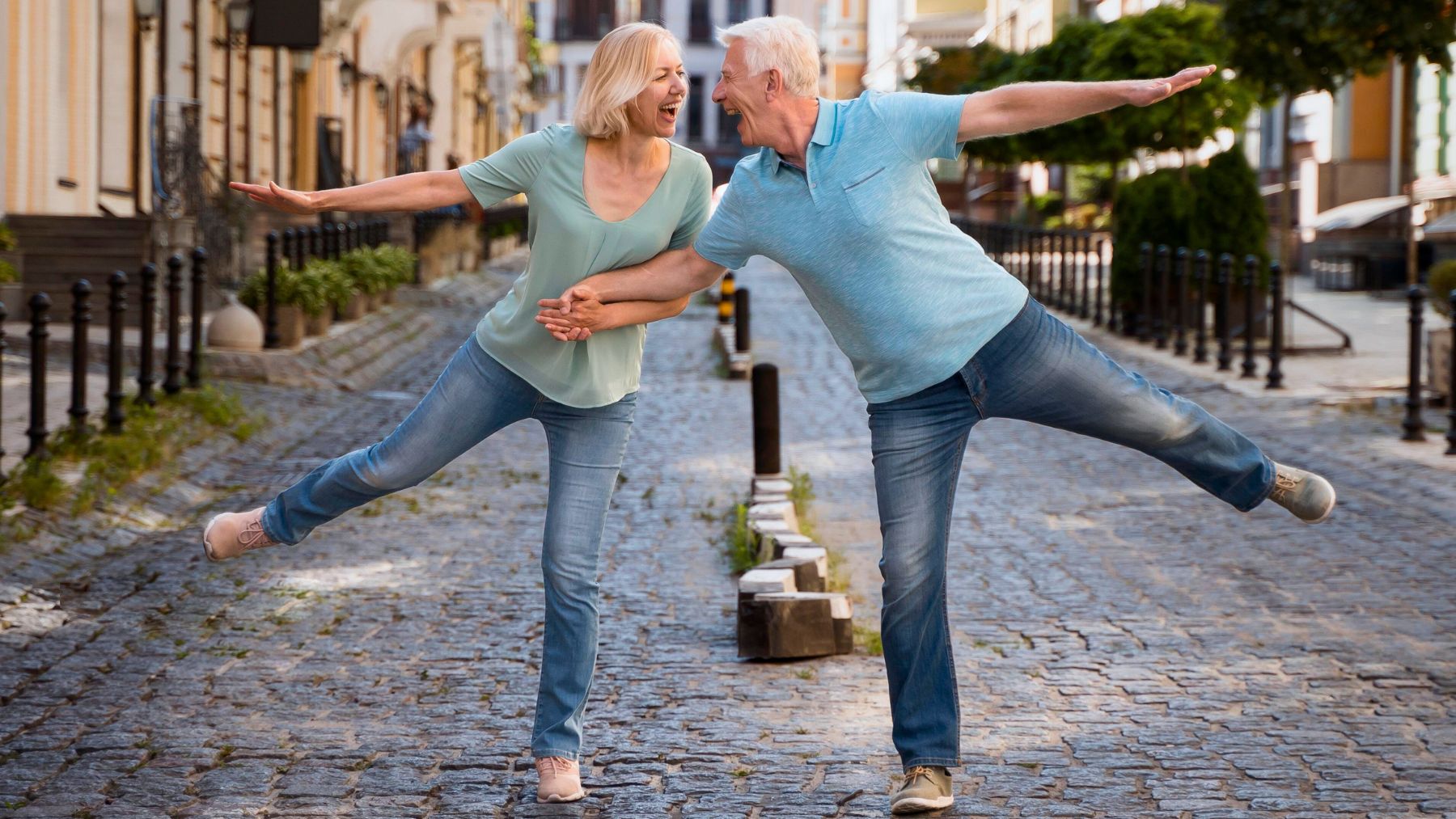Do you think that achieving heart health after 60 requires endless hours on treadmills or rigorous weightlifting sessions? There’s one social activity that unites dynamic movement, genuine connection, and pure enjoyment in ways that surpass solitary workouts or passive hobbies—and it’s far easier to maintain over the long term. We’re referring to ballroom dancing.
In the following sections, we’ll explore how ballroom dancing actively contributes to cardiovascular fitness, cognitive clarity, and emotional balance among older adults. You’ll learn why this engaging activity distinguishes itself from traditional exercise routines and which dance styles best accommodate diverse fitness levels. Let’s start.
Why ballroom dancing can be a healthy social activity after 60
Ballroom dancing transcends a mere enjoyable night out; it serves as a comprehensive full-body workout camouflaged as social entertainment. There are studies that show that older adults engaging in regular dance sessions experience lower blood pressure, improved circulation, and enhanced stamina. The rhythmic footwork and continuous motion gently elevate the heart rate, much like brisk walking or cycling.
Beyond its physical benefits, it demands significant mental engagement. Memorizing dance sequences, syncing with compelling musical rhythms, and coordinating movements with a partner sharpen focus and memory and stimulate cognitive function. This integrated mental and physical challenge fosters the release of endorphins and reduces stress hormones such as cortisol, lessening the strain on the cardiovascular system.
Besides, for those managing chronic conditions, dancing offers adaptable advantages. Many individuals with arthritis report that gentle movement alleviates joint stiffness and pain, while social interaction helps counter feelings of isolation. Furthermore, structured dance programs have proven beneficial in enhancing balance and elevating mood in people with Parkinson’s disease or early-stage cognitive decline.
How to get started with ballroom dancing
The essential approach is to begin at a comfortable pace while prioritizing safety. The following tips can guide you through the process:
- Check with your doctor first. Consult with your healthcare provider about any balance-related issues or cardiac concerns to ensure that ballroom dancing is suitable for you.
- Choose the right style. Line dancing or group ballroom classes allow you to immerse yourself in the joy of dancing while learning in a supportive community setting. Foxtrot or waltz offer slower-paced, graceful options for beginners, whereas salsa provides an added dose of intensity for those seeking a more vigorous experience.
- Find a beginner-friendly class. Many community centers, senior clubs, or local dance studios in the US offer sessions tailored specifically to older adults. Look for key terms such as “gentle”, “low-impact”, or “senior-friendly” in class descriptions to ensure the pace and intensity suit your needs.
- Wear supportive shoes. Opt for footwear with flat, flexible soles that provide a secure grip (avoid rubber soles that adhere too strongly to the floor). Renowned brands like Bloch or Capezio offer comfortable ballroom-style shoes, though sturdy athletic sneakers can work just as well.
- Listen to your body. Start with short sessions and gradually increase the duration as your stamina improves. If you find that you can chat comfortably while dancing, you’re likely maintaining a safe intensity level.
The sustainability of ballroom dancing lies in the fact that it feels like a delightful social gathering rather than an arduous fitness regimen. Whether you are gracefully twirling in a studio or casually following the rhythm in your living room, every step you take contributes to a stronger cardiovascular system and a more fulfilling social life.

